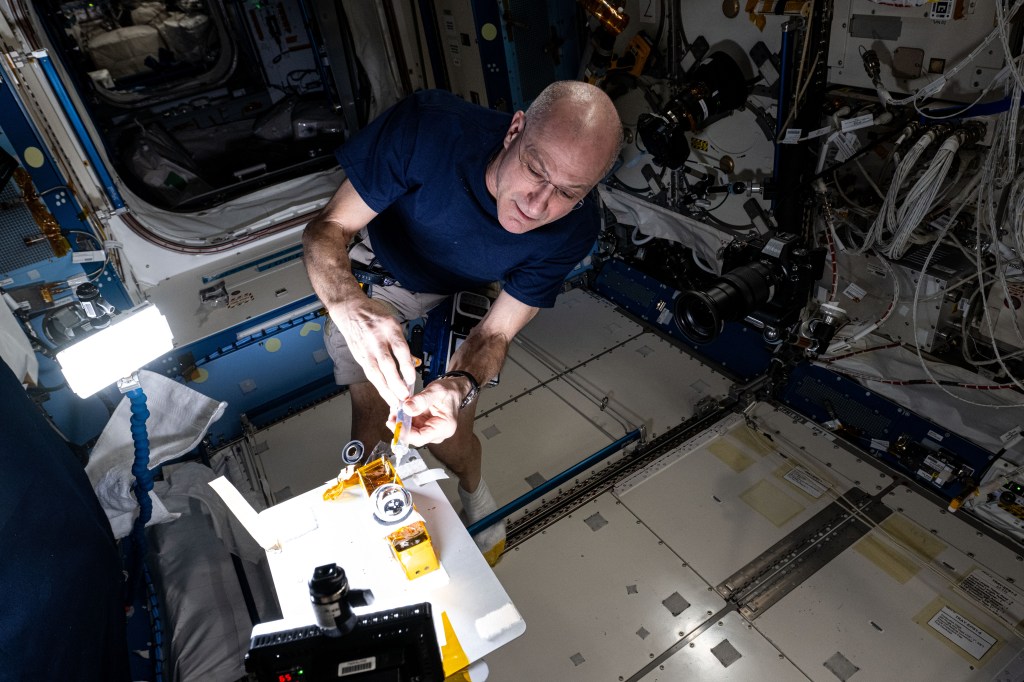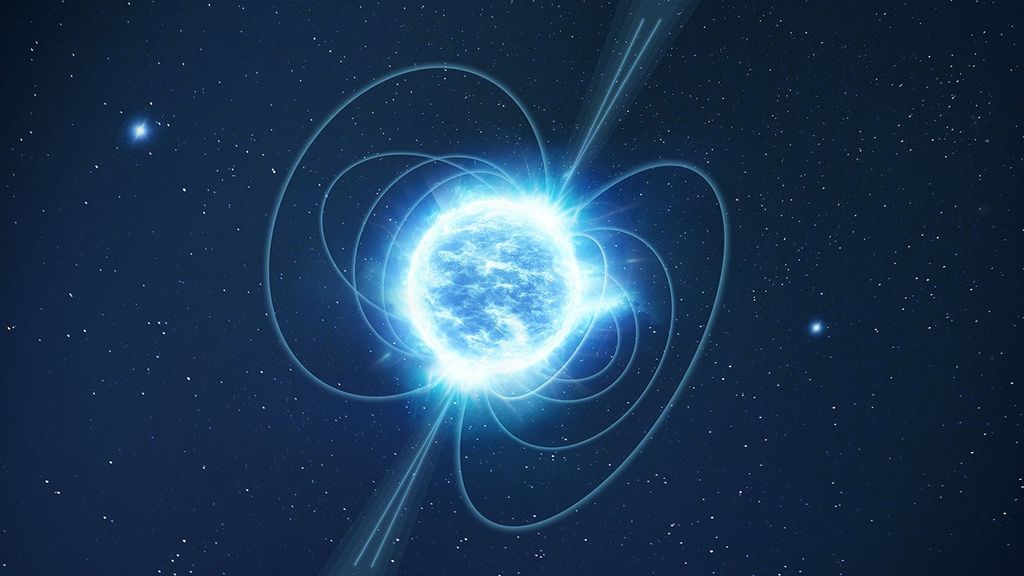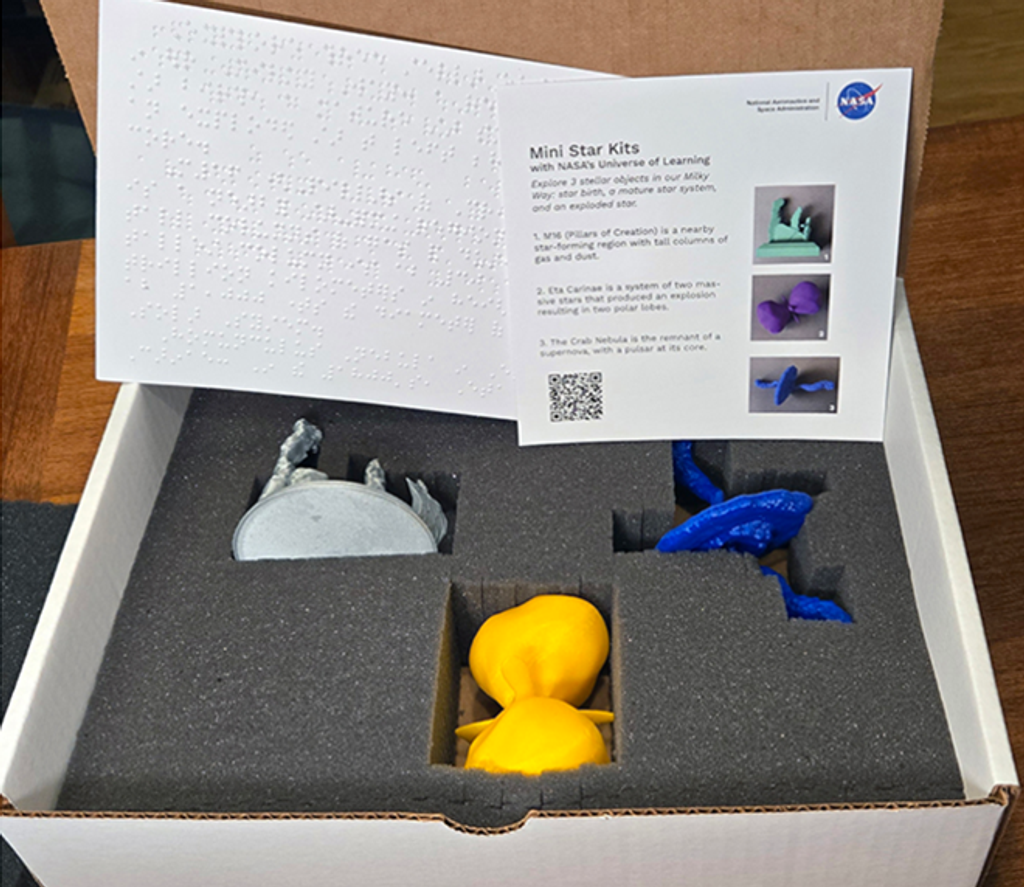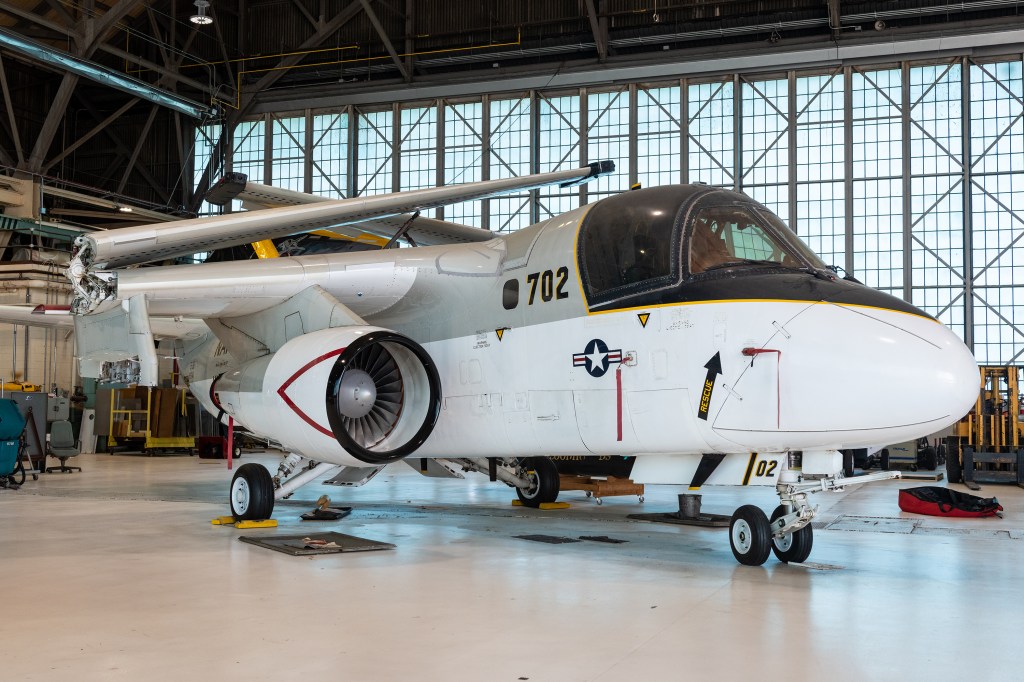As NASA readies for the Artemis I flight test, the agency is gearing up for future Artemis missions that will send astronauts to the Moon for the first time in 50 years.
Engineers are outfitting the Orion crew and service modules for Artemis II, the first mission with astronauts that will carry astronauts around the Moon, in the Neil Armstrong Operations & Checkout (O&C) Building at Kennedy Space Center in Florida. Both elements were powered on for the first time in recent months, and technicians have been performing electrical and mechanical work to support a series of functional tests to ensure the spacecraft systems are routing power and operating as designed. All three of Orion’s launch abort system motors for the Artemis II test flight also are at Kennedy and ready for integration and stacking.
At the same time, engineers and technicians are making progress toward Artemis III. NASA’s Super Guppy aircraft delivered the heat shield for Artemis III from Lockheed Martin’s facility in Waterton, Colorado, to Kennedy on Oct. 18. In the coming months, technicians will attach more than 180 blocks of Avcoat, an ablative material, to the heat shield and install them on the bottom of Orion’s crew module. The Artemis III crew module is also undergoing assembly of interior and exterior secondary structures in the O&C, while teams at Airbus, the European Space Agency’s lead contract for the service module, is working on the Artemis III European Service Module in Bremen, Germany.
“Our team is ready for Orion’s first flight atop the Space Launch System rocket on Artemis I and working in parallel to support future Artemis missions to the Moon,” said Howard Hu, Orion program manager at NASA’s Johnson Space Center in Houston. “We are making significant progress on multiple Orion spacecraft in various stages of production and assembly for Artemis II, III, and IV.”
Teams at NASA’s Michoud Assembly Facility in New Orleans are welding the Artemis IV pressure vessel that will protect astronauts from the vacuum of space, with final welding expected to occur later this fall. The primary structure of the Artemis IV European-built service module also has been completed and shipped from Thales Alenia Space in Turin, Italy, to Airbus facilities in Bremen where it will undergo assembly and integration.
NASA also has ordered production of Orion spacecraft for Artemis VI through Artemis VIII. The order is valued at $1.99 billion and is part of the agency’s Orion Production and Operations Contract with Lockheed Martin, lead contractor for Orion. NASA procured the spacecraft for Artemis III through V in 2019 for $2.7 billion under the contract.
By ordering Orion production in groups of three spacecraft, NASA is capitalizing on efficiencies available in the supply chain to improve production, lower costs, and allow for reusability. NASA and Lockheed Martin plan to refurbish the Artemis III pressure vessel for Artemis VI. A host of interior elements such as flight computers, crew seats, switch panels, and other avionics will be reused.
With Artemis, NASA will land the first woman and the first person of color on the lunar surface and establish long-term exploration at the Moon in preparation for human missions to Mars. NASA’s Space Launch System rocket and Orion spacecraft, along with the commercial human landing system and the Gateway in orbit around the Moon, are NASA’s backbone for deep space exploration.





























